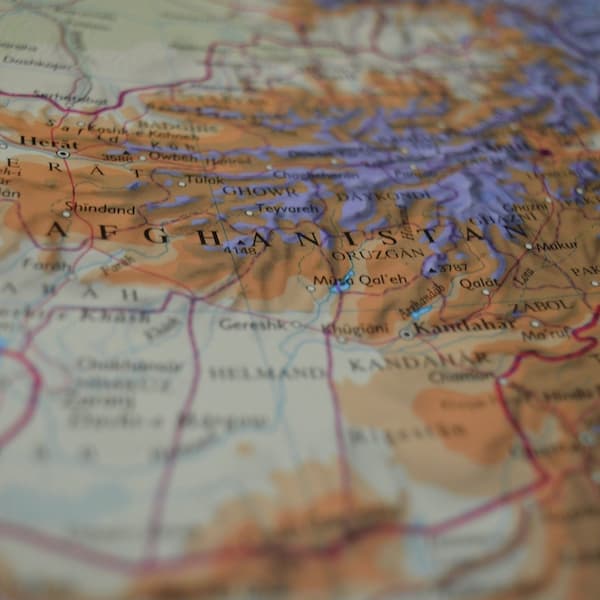Investment Strategies
The Afghanistan Crisis: Lithium, Other Natural Resources Are Key

Here is a brief commentary on the possible economic impact of the crisis in Afghanistan and the approach that global investors should take.
The fast-moving story of what is going on in Afghanistan is
clearly one of the largest geopolitical stories of the day. In
the short term it isn’t easy to know how events will affect
markets, beyond perhaps a heightening of risk concerns. In the
medium to longer term, however, there is bound to be speculation
about, for example, the natural resources in the mountainous
countries: copper, gold, oil, natural gas, uranium, bauxite,
coal, iron ore, rare earths, lithium, chromium, lead, zinc,
gemstones, talc, sulphur, travertine, gypsum and marble. The
control of those resources, and the influence of countries such
as China, on this area, is going to be a major concern.
To discuss these issues is Dominic Armstrong, chief executive of
Horatius
Capital, a fixed income investment house.
In Afghanistan we are now faced with Taliban 2.0. This is a new
version of Taliban 1.0 that was ejected in 2001. Like a powerful
new virus Taliban 1.0 was ultimately unsuccessful - it
effectively killed its host and thus sowed the seeds of its own
demise. In 2001, the Afghan Taliban ran the country chaotically,
relying on opium crops and terrorism and localised barony for its
governance and income. No-one would touch it - or them. They were
isolated and cut off from the international community, defiantly
answering to no-one, unaccountable and defensive - it was so
extreme it was invaded and displaced.
Taliban 2.0 is a new, adapted variant of the same virus that may
have learned to keep its host alive. Due to the rapid vacuum left
by a combination of circumstances, the Taliban have taken power
relatively without violence. That has completely removed the
justification of rule by violence - but the world is waiting to
judge them by their standards of 20 years ago. Their legitimacy
hangs in the balance, internationally and domestically - and that
legitimacy will determine the nature of their governance. And
here's the thing. They know it. It's evident that they know it -
and their behaviours and perceptions are being affected, either
unwittingly or by pragmatic compulsion.
It is likely to be helped by China which has its eye on
Afghanistan’s natural resources - particularly rare earths.
Expect China to fund the infrastructure investment that will
allow mineral extraction. The risk for China will be that the
Afghanistan situation factionalises again and the Taliban won’t
be able to deliver stable security to allow minerals out in the
face of competing warlords.
Meanwhile Russia and Putin is watching and waiting, knowingly
having fallen to number four on President Biden’s problem list
(behind China, COVID and Afghanistan), meaning that attention is
directed elsewhere. That leaves plenty of room for mischievous
manoeuvre.
How do investors play this unlovely outlook? Exposure to the
price of lithium is one way. Lithium is used in batteries and
electronics. Exposure can be via ETFs and derivatives, and
lithium miners (such as there are). But lithium is not a traded
commodity itself.
(The editorial team welcome commentary from readers on this
important topic. Clearly, given the rapid movement of events,
certain commentaries will be quickly rendered out of date, so we
are particularly interested in longer term thoughts about what
may ensue. Email the editors at tom.burroughes@wealthbriefing.com
and jackie.bennion@clearviewpublishing.com)
